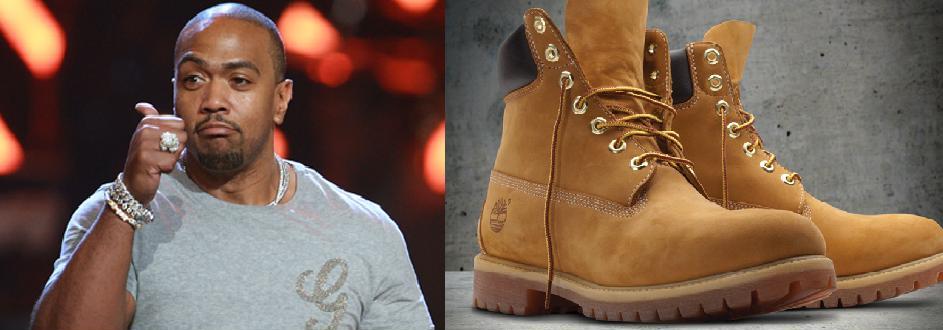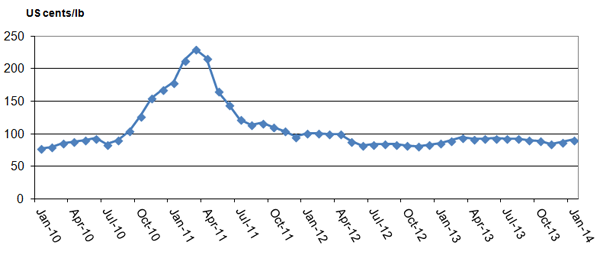During my time in university I was often too poor, too lazy or too busy to shop and I also did not want to buy stuff I didn’t need. This means my wardrobe so far has consisted for 80% out of “got it from aunt/sister/friend/strange neighbor in 2d” or “found it at a bar/somewhere outside/second hand store.” It is safe to say my clothing style is not business casual but more hobo trying to pass as a hipster. But a few months ago I started a new job and with that came some serious shopping.
Being environmentally educated, in the back of my mind I have always had the question “what is the impact of my action?” I really needed to buy some decent clothes but still wanted to make the best choice possible. The website rank a brand can help you select better products, brands and stores. They compare environmental influence, effect on climate and labor issues. Some brands have included in their sustainability goals specific targets for water consumption of water reuse. And now that winter is starting I was in need of some shoes that would prevent my toes from freezing off and this website has helped me select the best brand.
During my search I found out that the production of cotton consumes around 10.000 liters of water per kg. This means one pair of jeans is equal to a consumption of 8000 liters of water and a t-shirt is 2500 liters of water (that’s what you might call a wet t-shirt). 40% of all our clothes are made from cotton and cotton is largely produced in China, India, Pakistan and the United States. Cotton is the largest consumer of water in the clothing industry since more of these productions happen in relatively dry areas. In 2011 the price of cotton jumped up partly due to heavy rains in India and Floods in Pakistan and Australia which shows how much water can impact the clothing industry.
On the positive side a number of organizations have joined hands to make the cotton industry more sustainable. The “better cotton initiative” was started in 2005 by the WWF in collaboration with H&M, IKEA and Adidas. There has also been some experimenting with different types of fabric, like hemp. The production of hemp only uses around 2000 liter of water per kg which is way less than cotton. It also uses less energy and produces less carbon dioxide than polyester.
Besides the environmental aspects there is a change going on in the fashion industry of the basis of ethics. From the production all the way to the runway models, people are becoming aware of what is going on and what should be going on. You can find more information on the ethical fashion initiative and the ethical fashion forum. So before you start your holiday shopping check out these websites to make sure you buy your loved ones something good. For example ecologically responsible coconut wax candles by Snoop Dogg, who I feel might approve of the hemp as well.




